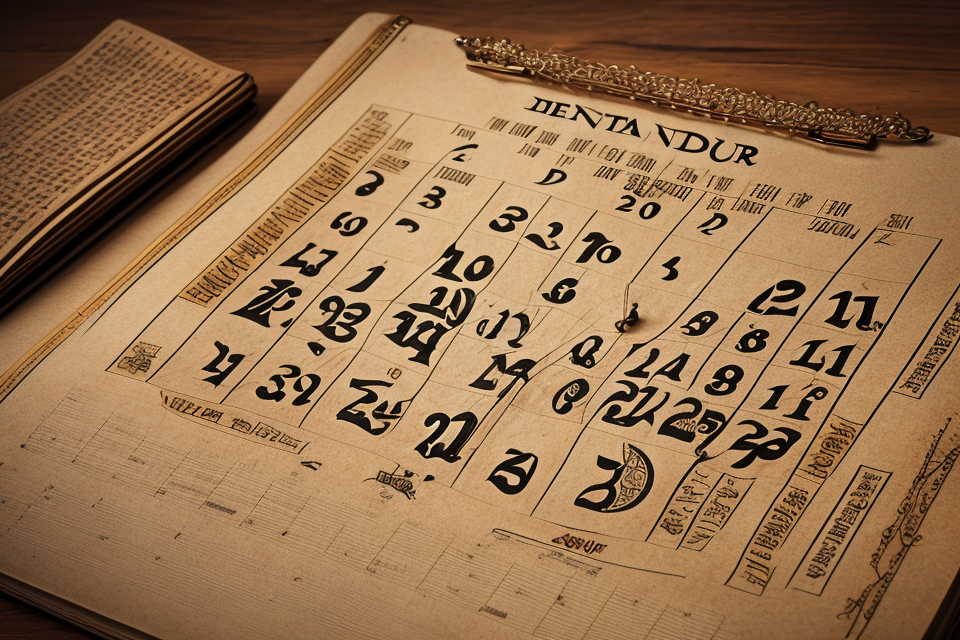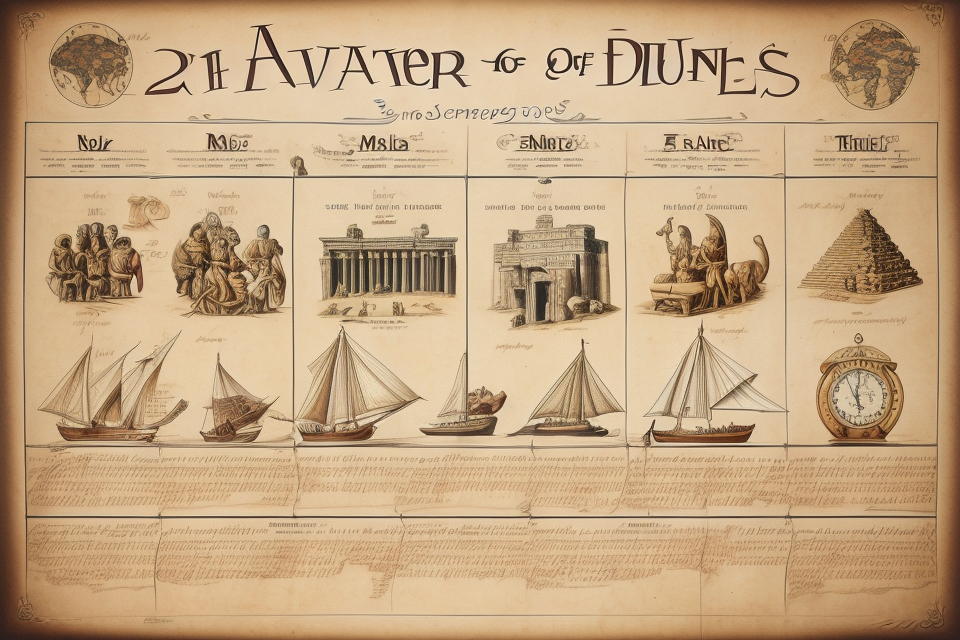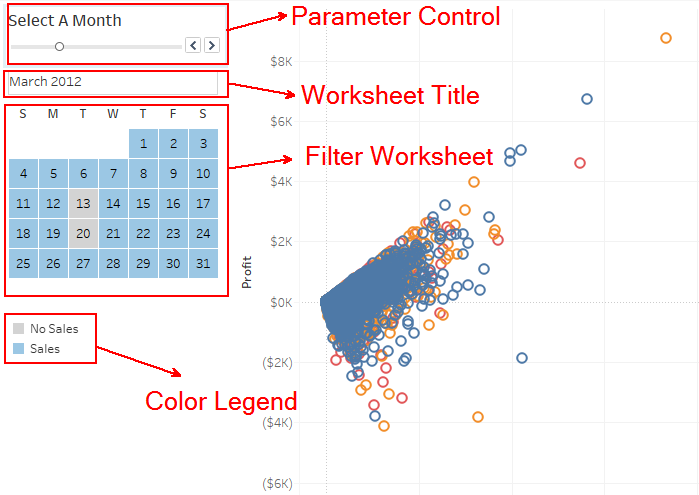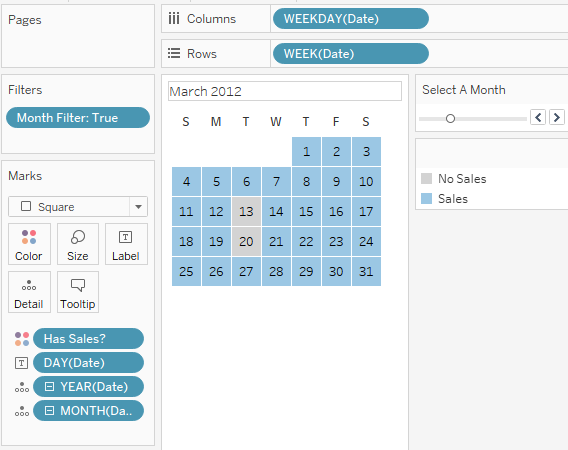Understanding The Significance Of Calendars: A Deep Dive Into The Structure And Purpose Of Timekeeping
Understanding the Significance of Calendars: A Deep Dive into the Structure and Purpose of Timekeeping
Relaterede Artikler: Understanding the Significance of Calendars: A Deep Dive into the Structure and Purpose of Timekeeping
Introduktion
Med entusiasme, lad os navigere gennem det spændende emne relateret til Understanding the Significance of Calendars: A Deep Dive into the Structure and Purpose of Timekeeping. Lad os væve interessant information og tilbyde friske perspektiver til læserne.
Table of Content
- 1 Relaterede Artikler: Understanding the Significance of Calendars: A Deep Dive into the Structure and Purpose of Timekeeping
- 2 Introduktion
- 3 Understanding the Significance of Calendars: A Deep Dive into the Structure and Purpose of Timekeeping
- 3.1 The Gregorian Calendar: A Global Standard for Timekeeping
- 3.2 The Structure of the Gregorian Calendar: Months, Days, and Weeks
- 3.3 Leap Years: Adjusting for the Earth’s Orbital Period
- 3.4 Understanding Calendar Formats and Conventions
- 3.5 The Importance of Calendars in Daily Life
- 3.6 Exploring the Significance of Calendar Years
- 3.7 The Evolution of Calendar Systems: A Historical Perspective
- 4 Frequently Asked Questions (FAQs) About Calendars
- 5 Tips for Effective Calendar Use
- 6 Conclusion: The Enduring Relevance of Calendars
- 7 Lukning
Understanding the Significance of Calendars: A Deep Dive into the Structure and Purpose of Timekeeping

Calendars, as fundamental tools for organizing and managing time, have played a crucial role in human civilization for millennia. Their importance stems from their ability to structure our lives, facilitating communication, planning, and the coordination of activities across individuals and societies. This article will delve into the intricacies of calendar systems, specifically focusing on the Gregorian calendar, which is widely used across the globe.
The Gregorian Calendar: A Global Standard for Timekeeping
The Gregorian calendar, named after Pope Gregory XIII, is the most prevalent calendar system in the world. It is a solar calendar, meaning it is based on the Earth’s revolution around the sun, with a year consisting of 365 days, divided into 12 months. The Gregorian calendar, adopted in 1582, aimed to align the calendar with the solar year, resulting in a more accurate system than its predecessor, the Julian calendar.
The Structure of the Gregorian Calendar: Months, Days, and Weeks
The Gregorian calendar features 12 months with varying lengths, ranging from 28 days (February) to 31 days (March, May, July, August, October, and December). The calendar employs a seven-day week, with each day named after a specific celestial body or deity.
Leap Years: Adjusting for the Earth’s Orbital Period
To account for the Earth’s slightly longer orbital period, which is approximately 365.2422 days, the Gregorian calendar incorporates a leap year every four years. Leap years feature an additional day, February 29th, ensuring that the calendar remains synchronized with the solar year.
Understanding Calendar Formats and Conventions
Calendar formats and conventions can vary depending on region and cultural preferences. For instance, the United States uses a month-day-year format (MM/DD/YYYY), while many other countries utilize a day-month-year format (DD/MM/YYYY).
The Importance of Calendars in Daily Life
Calendars permeate our daily lives, serving as indispensable tools for:
- Planning and Scheduling: Calendars provide a framework for organizing appointments, meetings, deadlines, and other important events.
- Tracking and Monitoring: Calendars facilitate the tracking of deadlines, anniversaries, birthdays, and other significant dates.
- Communication and Coordination: Calendars enable efficient communication and coordination, allowing individuals and organizations to align their schedules and activities.
- Historical Context: Calendars provide a framework for understanding historical events and timelines, allowing us to place events within a broader context.
Exploring the Significance of Calendar Years
Calendar years hold significance beyond their mere numerical value. They serve as markers for specific events, cultural traditions, and historical milestones. For example, the year 2025 holds a specific significance for individuals born in that year, marking a milestone birthday.
The Evolution of Calendar Systems: A Historical Perspective
Calendar systems have evolved over centuries, reflecting advancements in our understanding of astronomy and the Earth’s movements. From ancient lunar calendars to the modern Gregorian calendar, these systems have shaped human history and culture.
Frequently Asked Questions (FAQs) About Calendars
Q: What is the difference between a solar calendar and a lunar calendar?
A: A solar calendar is based on the Earth’s revolution around the sun, while a lunar calendar is based on the moon’s phases. Solar calendars typically have longer years than lunar calendars, as they account for the Earth’s full orbital period.
Q: Why is February the shortest month?
A: February’s shorter length is a remnant of the Roman calendar, where it was originally the last month of the year. Its length was later adjusted to accommodate the leap year cycle.
Q: What is the purpose of leap years?
A: Leap years are implemented to align the calendar with the Earth’s actual orbital period, ensuring that the seasons remain consistent over time.
Q: How are calendars used in different cultures?
A: Calendars are used in diverse ways across cultures, reflecting their unique traditions, beliefs, and practices. Some cultures emphasize lunar calendars, while others utilize solar calendars.
Q: What is the significance of the Gregorian calendar?
A: The Gregorian calendar is the most widely used calendar system globally, providing a standardized framework for timekeeping and facilitating communication across cultures.
Tips for Effective Calendar Use
- Utilize a calendar that aligns with your needs: Choose a calendar format that suits your preferences and work style, whether it be a physical planner, a digital calendar, or a combination of both.
- Schedule important events and deadlines: Use your calendar to track appointments, meetings, deadlines, and other crucial events.
- Set reminders: Utilize calendar reminders to avoid missing important dates and commitments.
- Review your calendar regularly: Regularly review your calendar to ensure that your schedule remains organized and up-to-date.
- Synchronize your calendars: If you use multiple calendars, ensure that they are synchronized to maintain consistency across your devices.
Conclusion: The Enduring Relevance of Calendars
Calendars remain indispensable tools for navigating the complexities of time, facilitating organization, communication, and coordination. Their ability to structure our lives and provide a framework for understanding history underscores their enduring relevance in the modern world. As technology continues to evolve, calendars will likely adapt and integrate with new platforms, ensuring their continued significance in the years to come.








Lukning
Derfor håber vi, at denne artikel har givet værdifuld indsigt i Understanding the Significance of Calendars: A Deep Dive into the Structure and Purpose of Timekeeping. Vi takker, fordi du tog dig tid til at læse denne artikel. Vi ses i vores næste artikel!